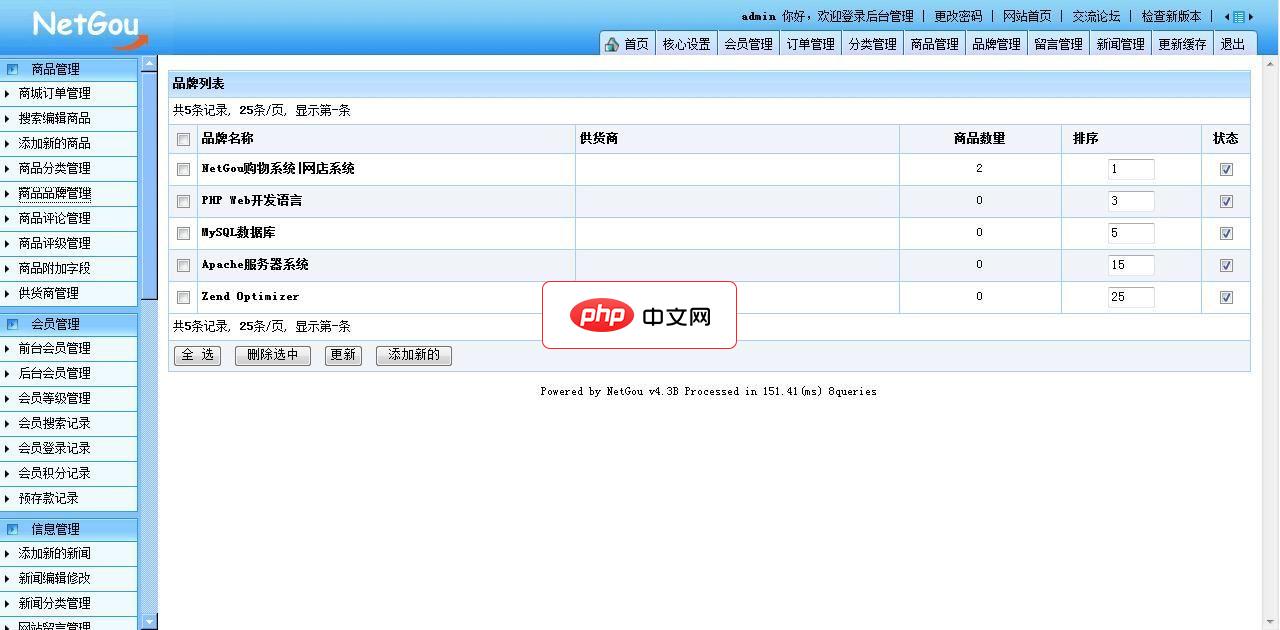
本文档旨在解决在使用 React、Redux Toolkit 和 MUI X DataGrid 时,如何有效地管理来自多个 DataGrid 组件的选中行数据。我们将探讨一种将每个 DataGrid 的选中数据存储在单独的状态中的方法,并提供详细的代码示例和步骤说明。
在使用 React 和 MUI X DataGrid 构建复杂应用时,经常会遇到需要在多个 DataGrid 组件中管理选中行数据的情况。 传统的集中式状态管理方法可能会导致代码复杂性增加,并且难以维护。本文档将介绍一种更有效的方法,即为每个 DataGrid 组件使用单独的状态,从而简化代码并提高可维护性。
假设我们有一个包含多个 DataGrid 组件的页面,每个组件显示不同类型的数据(例如,TCG 技能、管理技能、销售技能和软技能)。每个 DataGrid 组件都有复选框,允许用户选择多行。我们需要将每个 DataGrid 组件中选中的行数据存储在单独的状态中,以便在应用程序的其他部分中使用。
该解决方案的核心思想是为每个 DataGrid 组件创建一个单独的 Redux slice,并在每个 slice 中维护一个 selected 状态来存储选中的行数据。
首先,为每个 DataGrid 组件创建一个 Redux slice。例如,对于 "softSkill",创建一个 softSkillSlice.js 文件:
// softSkillSlice.js
import { createSlice } from '@reduxjs/toolkit';
const softSkillSlice = createSlice({
name: 'softSkill',
initialState: {
skills: [], // 假设你的 skill 数据存储在这里
selected: [],
},
reducers: {
setSkills: (state, action) => {
state.skills = action.payload;
},
setSkillSelected: (state, action) => {
state.selected = action.payload;
},
},
});
export const { setSkills, setSkillSelected } = softSkillSlice.actions;
export default softSkillSlice.reducer;对其他 DataGrid 组件(adminSkill, tcgSkill, salesSkill)重复此步骤,并相应地调整 slice 名称和 reducer。

NetGou是一款国内知名的购物系统网店系统,它功能强大完善、运行稳定快速、界面友好人性化、可扩展性强。系统支持无限级商品分类管理、商品品牌管理、商品供货商管理、商品可同时加入多个商品分类商品批发价格,购买不同的商品数量可以设置不同的价格。不同的商品选项可以设置不同的价格订单中可以加入商品、删除商品、更改商品数量和价格、更改配送方式和配送费用新闻管理、销售统计、数据备份恢复,不同的会员等级可以设置
 0
0

修改 TableReusable 组件,使其接受一个 setSkillSelected prop,该 prop 是对应 Redux slice 的 setSkillSelected action。
// TableReusable.js
import React from 'react';
import { DataGrid } from '@mui/x-data-grid';
import { useDispatch } from 'react-redux';
import { useSearchBar } from '../hooks/useSearchBar';
export const TableReusable = ({ data, columns, bool, setSkillSelected }) => {
const dispatch = useDispatch();
const onRowsSelectionHandler = (ids) => {
const selectedRowsData = ids?.map((id) =>
data?.find((row) => row?._id === id || row?.id === id)
);
dispatch(setSkillSelected(selectedRowsData));
};
const filteredRows = useSearchBar({ row: data });
return (
<DataGrid
sx={{ width: 'fit-content' }}
rows={filteredRows}
getRowId={(row) => row?.id || row?._id || row?.CommonId}
columns={columns}
initialState={{
pagination: { paginationModel: { pageSize: 10 } },
}}
onRowSelectionModelChange={(ids) => onRowsSelectionHandler(ids)}
componentsProps={{
pagination: {
labelRowsPerPage: `Nb par page`,
},
}}
pageSizeOptions={[5, 10, 15, 20, 50, 100]}
checkboxSelection={bool}
/>
);
};修改包装 DataGrid 组件(例如 SoftTable、AdminTable 等),并将相应的 setSkillSelected action 作为 prop 传递给 TableReusable 组件。
// SoftTable.js
import React from 'react';
import { useSelector } from 'react-redux';
import { TableReusable } from '../../../reusable/TableReusable';
import { setSkillSelected } from '../../../slices/softSkillSlice';
export const SoftTable = () => {
const data = useSelector((state) => state?.softSkill?.skills) || [];
const columns =
data.length > 0
? Object.keys(data[0])
.filter(
(field) =>
field !== 'Level' &&
field !== 'updated_at' &&
field !== 'created_at'
)
.map((field) => ({
field: field,
headerName: field,
width: 130,
}))
: [];
return (
<TableReusable
data={data}
columns={columns}
bool={true}
setSkillSelected={setSkillSelected}
/>
);
};对其他 DataGrid 包装组件重复此步骤,并传递相应的 setSkillSelected action。
在父组件(例如 ListSkills)中使用 DataGrid 包装组件。
// ListSkills.js
import React from 'react';
import { Box, Typography } from '@mui/material';
import { TcgTable } from '../list/TcgTable';
import { AdminTable } from '../list/AdminTable';
import { SalesTable } from '../list/SalesTable';
import { SoftTable } from '../list/SoftTable';
export const ListSkills = () => {
return (
<>
<Box sx={{ margin: '2em 0' }}>
<Typography
sx={{
color: '#006E8C !important',
fontWeight: 'bold',
margin: '0.5em 0',
}}
variant="h6"
>
TCG Skills
</Typography>
<TcgTable />
</Box>
<Box sx={{ margin: '2em 0' }}>
<Typography
sx={{
color: '#006E8C !important',
fontWeight: 'bold',
margin: '0.5em 0',
}}
variant="h6"
>
ADMIN Skills
</Typography>
<AdminTable />
</Box>
<Box sx={{ margin: '2em 0' }}>
<Typography
sx={{
color: '#006E8C !important',
fontWeight: 'bold',
margin: '0.5em 0',
}}
variant="h6"
>
SALES skills
</Typography>
<SalesTable />
</Box>
<Box sx={{ margin: '2em 0' }}>
<Typography
sx={{
color: '#006E8C !important',
fontWeight: 'bold',
margin: '0.5em 0',
}}
variant="h6"
>
SOFT skills
</Typography>
<SoftTable />
</Box>
</>
);
};通过为每个 DataGrid 组件创建单独的 Redux slice,我们可以有效地管理来自多个表格的选中数据。这种方法简化了代码,提高了可维护性,并使我们能够轻松地访问和使用应用程序其他部分的选中数据。
以上就是使用 React 和 MUI X DataGrid 管理多个表格的选中数据的详细内容,更多请关注php中文网其它相关文章!

每个人都需要一台速度更快、更稳定的 PC。随着时间的推移,垃圾文件、旧注册表数据和不必要的后台进程会占用资源并降低性能。幸运的是,许多工具可以让 Windows 保持平稳运行。

Copyright 2014-2025 https://www.php.cn/ All Rights Reserved | php.cn | 湘ICP备2023035733号